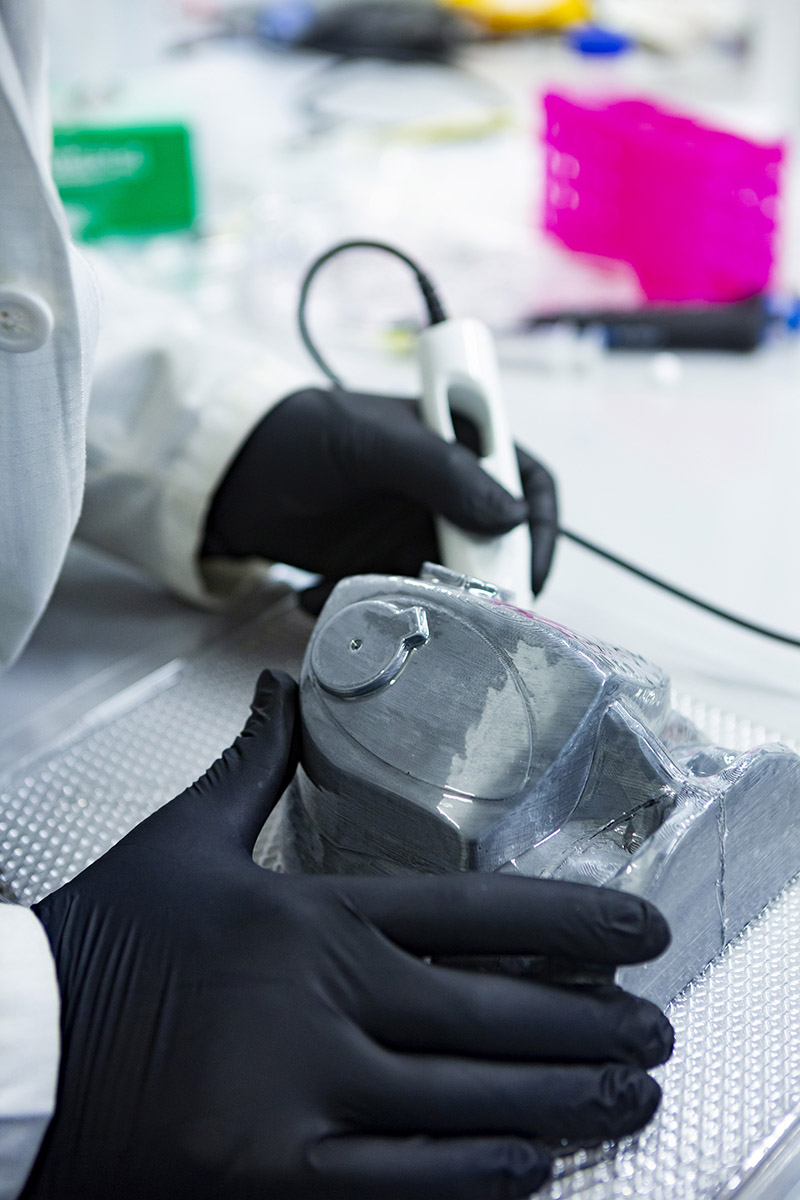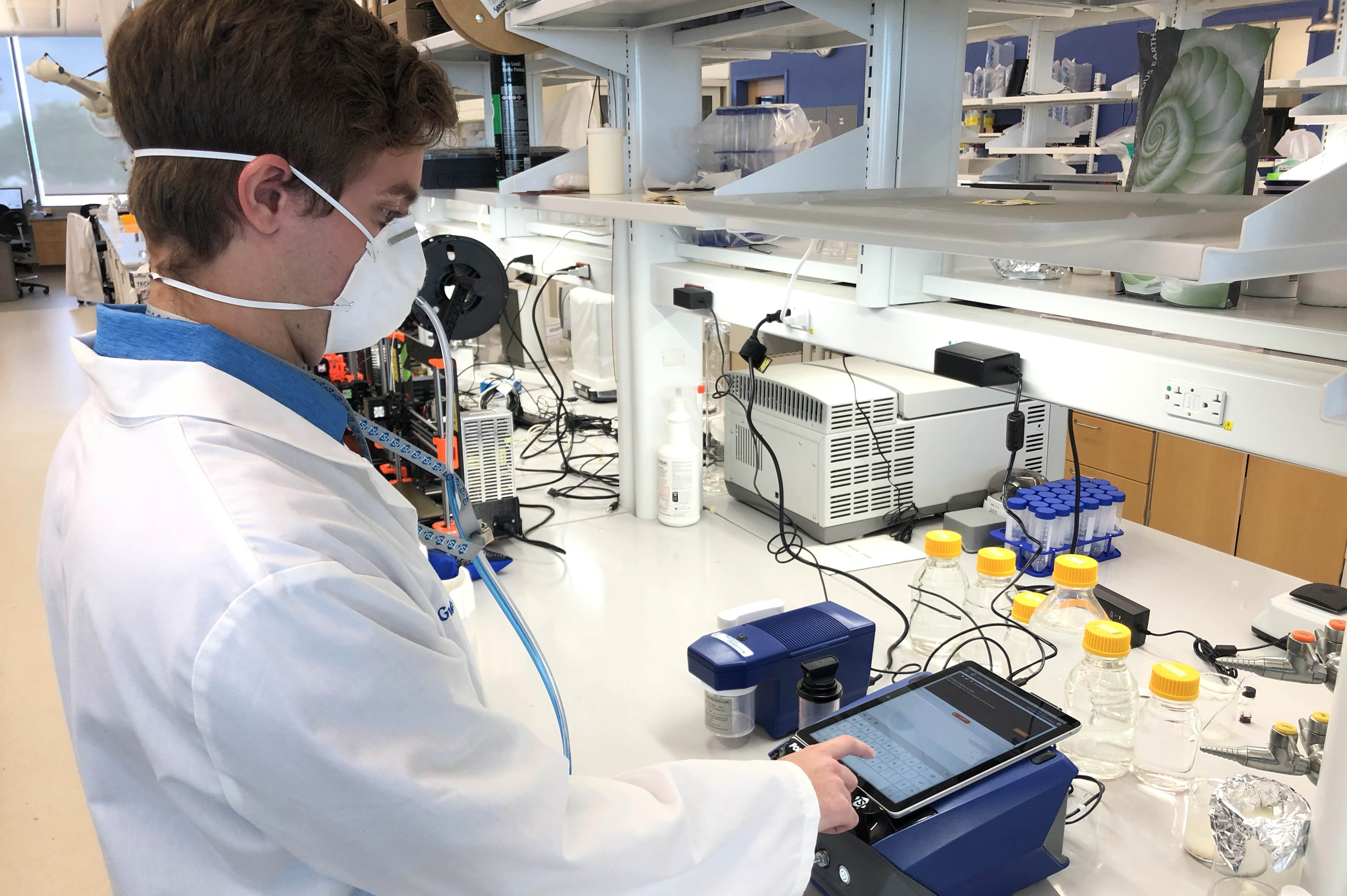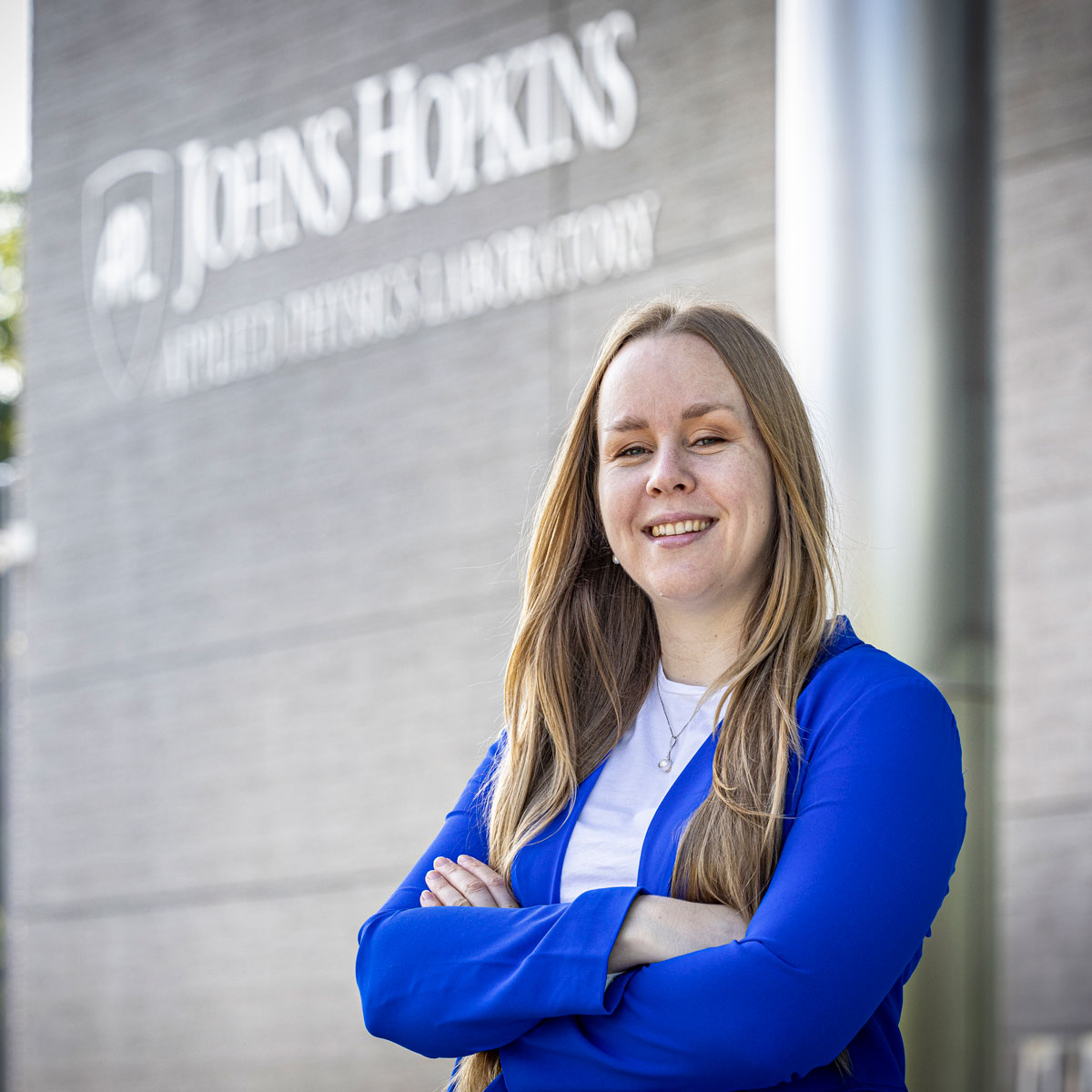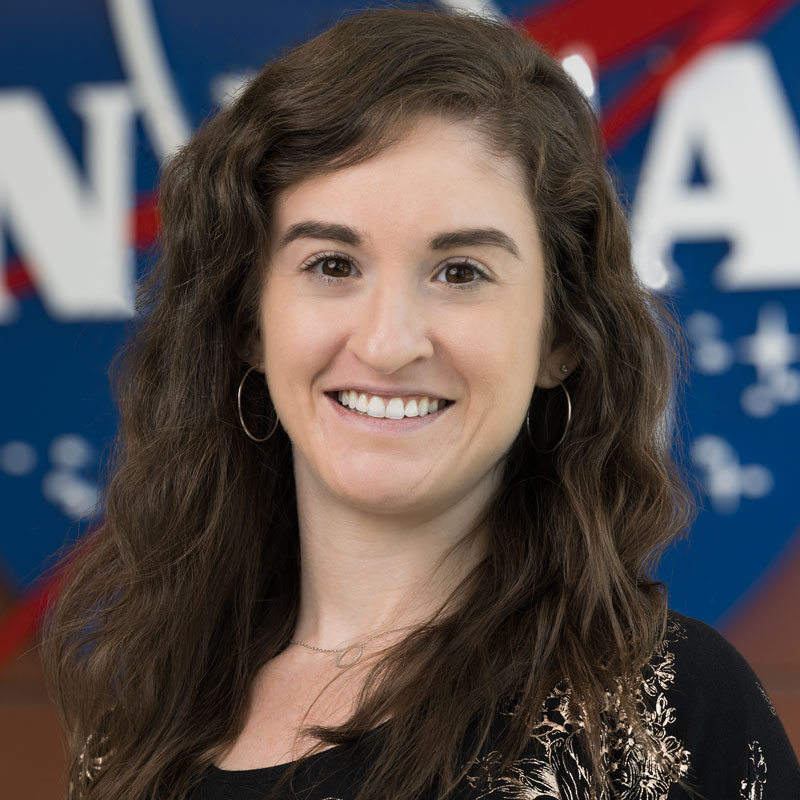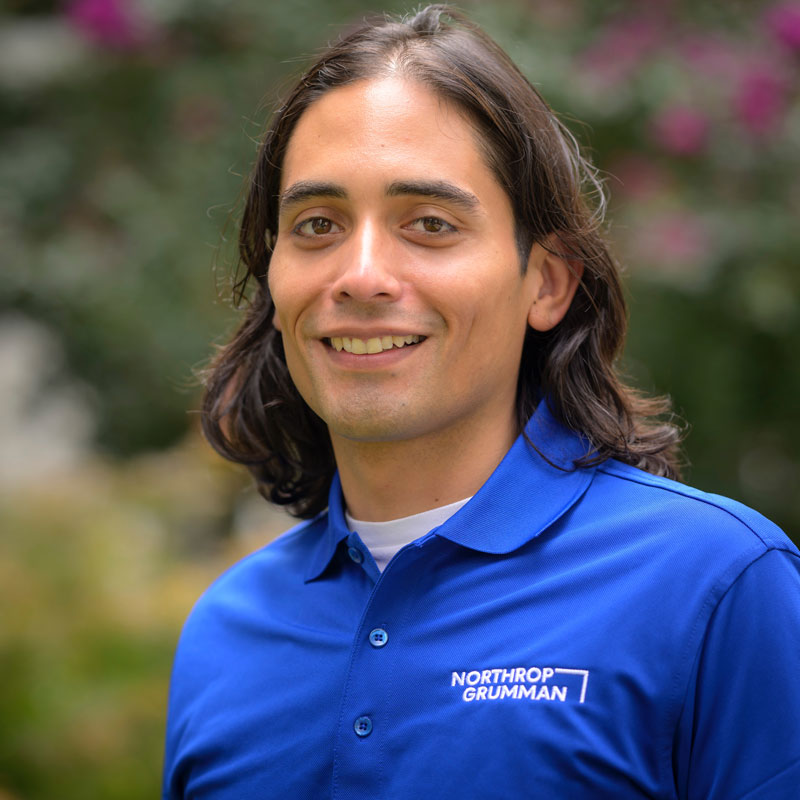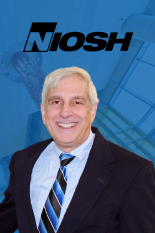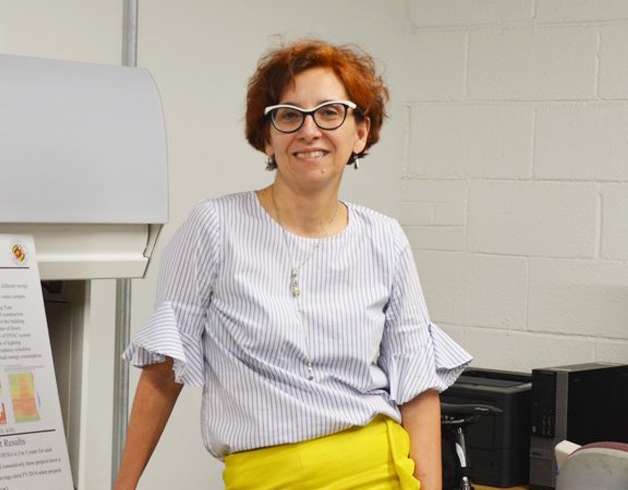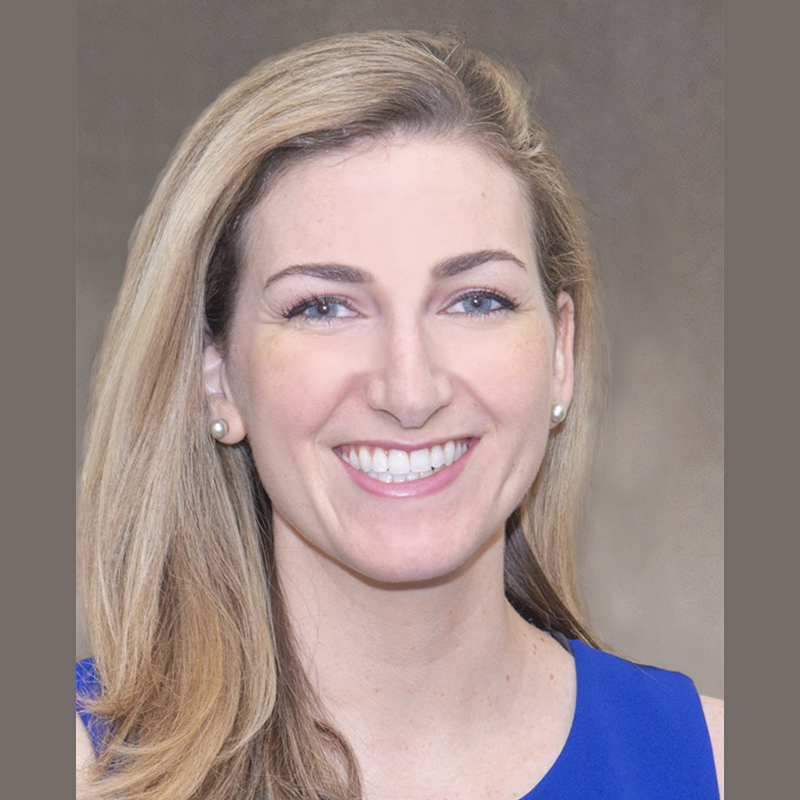News Story
AID India humanitarian group living up to its name in COVID crisis

Image: Shutterstock
Thirty years ago, a UMD student founded a nonprofit to create a channel for people in the U.S. to help build infrastructure in rural India. Now it’s pivoted with an even more urgent mission, mobilizing volunteers and medical supplies for the nation as it continues to shatter daily records for new COVID-19 cases.
Ravi Kuchimanchi M.S ’91, Ph.D. ’95, who came to the U.S. from Mumbai, India, established the Association for India’s Development (AID) (aka AID India) to promote sustainable and equitable growth in the country, while studying for his doctorate in physics in 1991. It works with more than 10,000 volunteers organized by agricultural, educational and health-related nonprofit partner organizations in India.
But now COVID is running rampant, with the country reporting 407,738 new cases on May 9, another record. That brought the total number of confirmed infections to 22.2 million and deaths to 242,362, with far greater numbers suspected to have gone unreported. Reports are spreading of shortage of wood for funeral pyres, while crematoriums are stacked with pots, plastic bags and other containers of ashes.
AID—recently identified by The New York Times as an organization for donors seeking to help during this crisis—is refocusing its work in rural towns and remote villages.
“The second wave is more like a tsunami than a wave in India,” Kuchimanchi said. “It has engulfed all regions of India. It has spread to very remote and rural areas with very poor health infrastructure.”
Throughout rural areas, communities are running out of hospital beds, and the oxygen supply is dwindling quickly or depleted. Reuters on Thursday said that in the town of Susner in Madhya Pradesh state, patients were being treated outdoors under trees. AID volunteers have been providing physical support in Indian hospitals and developing educational resources in villages to encourage people to take preventive measures to avoid getting sick in the first place.
“Some hospitals, are very, very far away, and people in rural areas may have to spend two or three hours in buses to get to what’s called a district-level hospital, from their villages,” Kuchimanchi said. “When they get there, they are disoriented and don’t speak the local language. Our volunteers help them get the best service that’s locally available.”
Over the last month, AID has purchased oxygen concentrators for rural communities in India, he said. The nonprofit is exploring ways to send non-invasive ventilators from the U.S. that rural hospitals could use.
It has also set up telemedicine lines, partnering with doctors in the U.S who are helping colleagues in India overwhelmed by the spike in cases and hospitalizations by providing consultation virtually.
The pandemic has exacerbated preexisting problems in India, Kuchimanchi said. Unemployment, coupled with lockdowns, has left several million Indians—particularly non-salaried, daily wage-earners—without enough to eat. AID has identified 1,200 hard-hit villages and is delivering groceries to people’s doorsteps.
Subhayan Sahu, a graduate student in physics at UMD, founded an AID student chapter on campus to support the organization’s larger goal to promote sustainability and equity in the realms of agriculture, healthcare and education in India. The group organizes talks and discussions about problems in India—and looks for ways to find solutions, raise money and send educational and medical supplies from the U.S.
“Coming from India allowed me to look back at issues—COVID and other inequities—from a holistic point of view,” he said. “I was able to discern the issues and think about them more deeply. But just thinking about them was not enough.”
AID volunteers in India are focusing on helping people to register for vaccination appointments. The vaccination effort is coordinated online, complicated by the reality that people in villages and rural areas generally don’t have access to smartphones or computers.
Additionally, AID last week purchased thermometers and pulse oximeters for frontline workers in rural India, who often barely have high-school diplomas. The organization is connecting the workers with a doctor in the U.S. who is virtually training them to recognize symptoms indicating the need for hospitalization.
Kuchimanchi, whose mother lives in India, said it’s a particularly trying time for people living away from their families, and unable to visit them when they need help. Although his mother is vaccinated now, she is a tracheostomy patient and needs regular nursing care.
“It’s really hard,” he said. “But we just have to realize that all of India is facing this, and we’re just a microcosm of what’s going on everywhere.”
The Clark School’s AID India connection
Among AID India’s early members were Balaji Sampath (EE Ph.D. 1997), now living in Chennai India; and Kiran Kumar Vissa (EE MS 1998), who also returned to India. Both were students of Professor Ray Liu (ECE). They are still active in development work.
Another early AID India volunteer, Priya Ranjan (EE Ph.D. 2003), also returned to India and remains active in humanitarian work. Ranjan is a former student of Professor Eyad Abed (ECE/ISR). He works with the news website jkmonitor.org, which provides mainstream, factual news and “a live and honest forum to the people of Jammu and Kashmir who are exploited by both the Indian and Pakistani governments.”
“We are involved with humanitarian work in most troubled state of Jammu and Kashmir,” Ranjan says, “and we are accepting donations for the same. The COVID situation is very unfortunate here and both the government and people's unscientific attitudes like not wearing masks has made things worse. I can only pray that health returns to people all around the world.”
Other University of Maryland alumni who were involved in AID India in its early years include:
Riyaz Papar (ME M.S. 1993), Venugopal Varma (ME Ph.D. 1993), Mahendra Verma (PHYS Ph.D. 1994), Shrinaath Chidambaram (BMGT M.B.A., 1996), Sandeep Rao (EE M.S. 1997), Sudhakar Adivikolanu (ChBE Ph.D. 1999), and Arvind Raghavan (EE M.S. 1999).
Although AID India has expanded considerably since its founding, its main office in the U.S. remains on Tecumseh St. in College Park.
Special note—We would like to thank Graduate Assistant Aadit Tambe (M. Jour 2022) for the bulk of this story, which appeared in Maryland Today on May 10, 2021. Statistics on COVID in India that appear in this story were current as of that date. | Original story here |
Published May 17, 2021
